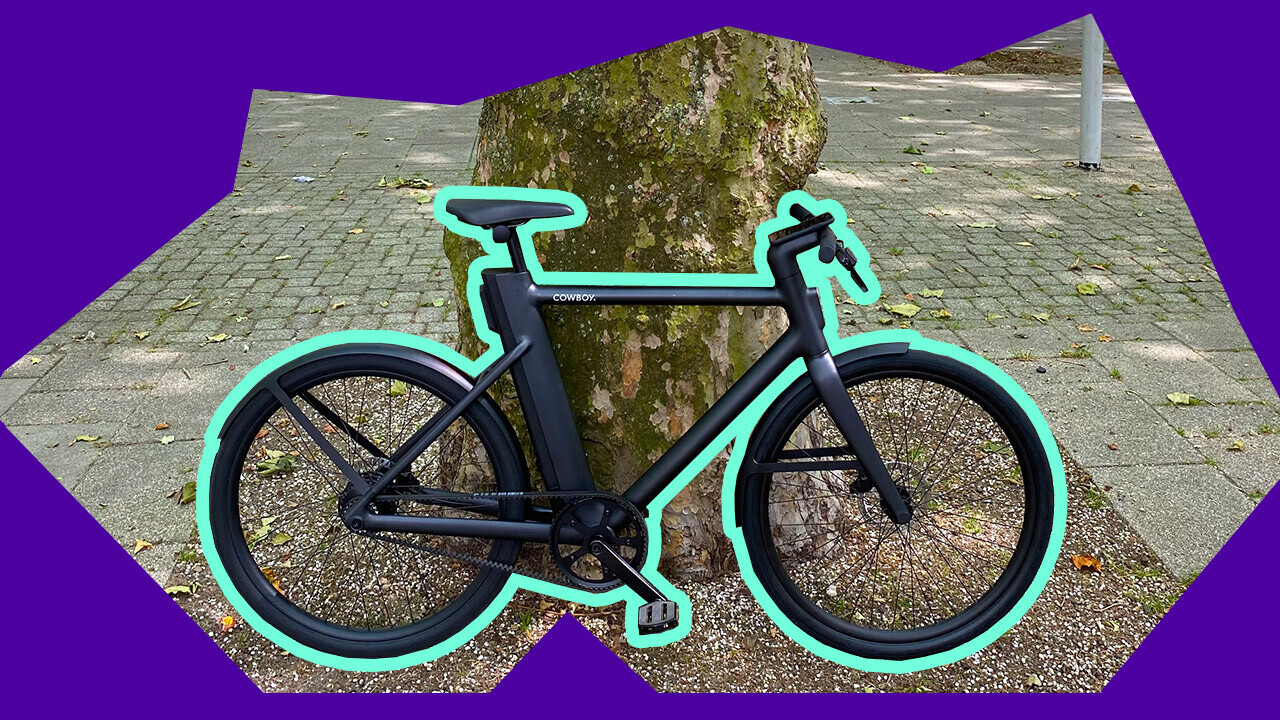All Articles for
Torque
Torque, moment, or moment of force (see the terminology below) is the tendency of a force to rotate an object about an axis, fulcrum, or pivot. Just as a force is a push or a pull, a torque can be thought of as a twist to an object. Mathematically, torque is defined as the cross product of the lever-arm distance vector and the force vector, which tends to produce rotation. Loosely speaking, torque is a measure of the turning force on an object such as a bolt or a flywheel. For example, pushing or pulling the handle of a wrench connected to a nut or bolt produces a torque (turning force) that loosens or tightens the nut or bolt. The symbol for torque is typically , the Greek letter tau. When it is called moment of force, it is commonly denoted M. The magnitude of torque depends on three quantities: the force applied, the length of the lever arm connecting the axis to the point of force application, and the angle between the force vector and the lever arm. In symbols: : : where is the torque vector and is the magnitude of the torque, r is the displacement vector (a vector from the point from which torque is measured (typically the axis of rotation) to the point where force is applied), F is the force vector, × denotes the cross product, θ is the angle between the force vector and the lever arm vector. The length of the lever arm is particularly important; choosing this length appropriately lies behind the operation of levers, pulleys, gears, and most other simple machines involving a mechanical advantage. The SI unit for torque is the newton metre (N⋅m). For more on the units of torque, see Units.
